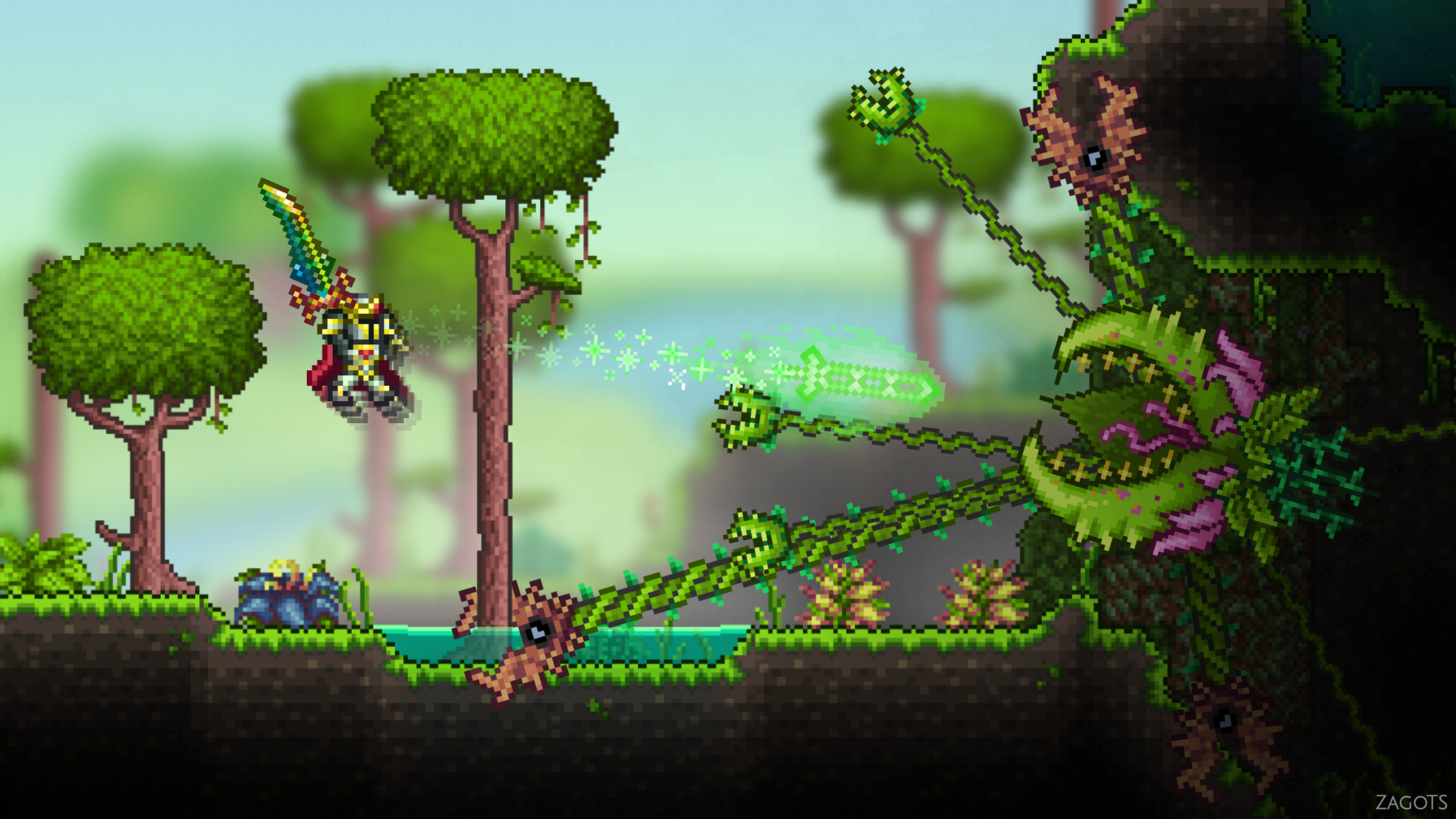A Deep Dive into Asphalt 9: Legends’ Microtransaction System and Its Impact on Player Experience

Introduction
The Asphalt series has earned its place as one of the top mobile racing franchises. Asphalt 9: Legends continues this legacy with amazing graphics, fast-paced action, and an array of exciting vehicles. However, despite the game’s success, one issue has drawn significant attention—its microtransaction system. This system has sparked debates within the community, as it can greatly impact progression and player experience. In this article, we will explore how Asphalt 9: Legends handles its in-game economy, especially regarding vehicle progression and upgrades. Additionally, we’ll compare how this system differs from Asphalt 8: Airborne.
The Microtransaction System in Asphalt 9: Legends

A New Currency System

In Asphalt 9, players encounter two main forms of in-game currency: Credits and Tokens. Credits are earned by completing races, challenges, and events. Tokens, however, are the premium currency, available mainly through microtransactions. While Credits unlock vehicles and provide minor upgrades, Tokens are essential for acquiring high-performance cars, speeding up upgrades, and unlocking special rewards like chests.
Unlike Asphalt 8, where in-app purchases were essential but less pervasive, Asphalt 9 integrates Tokens more deeply into almost every aspect of the game. Many players feel forced to spend Tokens or wait an unreasonable amount of time to progress through the game. This system often leads to frustration for those who do not wish to spend real money.
Unlocking Vehicles: The Blueprint System
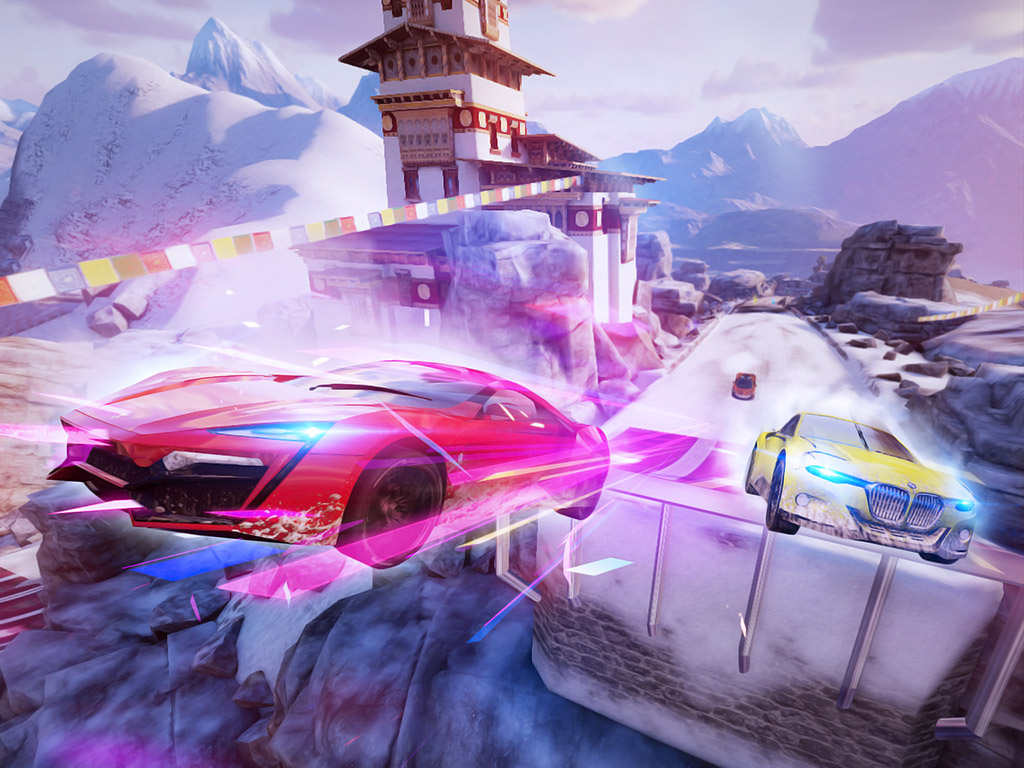
Asphalt 9 introduces a more complicated method of vehicle unlocks compared to Asphalt 8. The game uses Blueprints to unlock cars. Players can collect these Blueprints through events, chests, or completing specific race objectives. However, these Blueprints are randomly dropped, and the drop rates are often low, making progression feel slow and arduous. To fully unlock a vehicle, a player often needs to gather a large number of Blueprints.
While Asphalt 8 offered more direct methods for unlocking cars, such as purchasing them outright with in-game currency, Asphalt 9 requires players to rely heavily on random drops. This mechanic creates a grind, where progress seems uncertain and slow, especially for higher-tier cars.
The "Pay-to-Win" Element
Tokens and Pay-to-Win Advantages
One significant issue with Asphalt 9 is its tendency to favor players who spend real money. While the game allows players to earn Tokens by playing, this process is slow. As a result, players who choose to spend money are able to quickly unlock higher-tier vehicles and upgrade them faster than free-to-play players.
In Asphalt 8, the game’s economy allowed for meaningful progression without forcing players to buy in-game purchases. Asphalt 9, however, has taken a more aggressive approach, making Tokens more necessary. Without them, free-to-play players are left behind in competitive modes, especially in multiplayer.
Multiplayer Races: A "Pay-to-Win" Arena
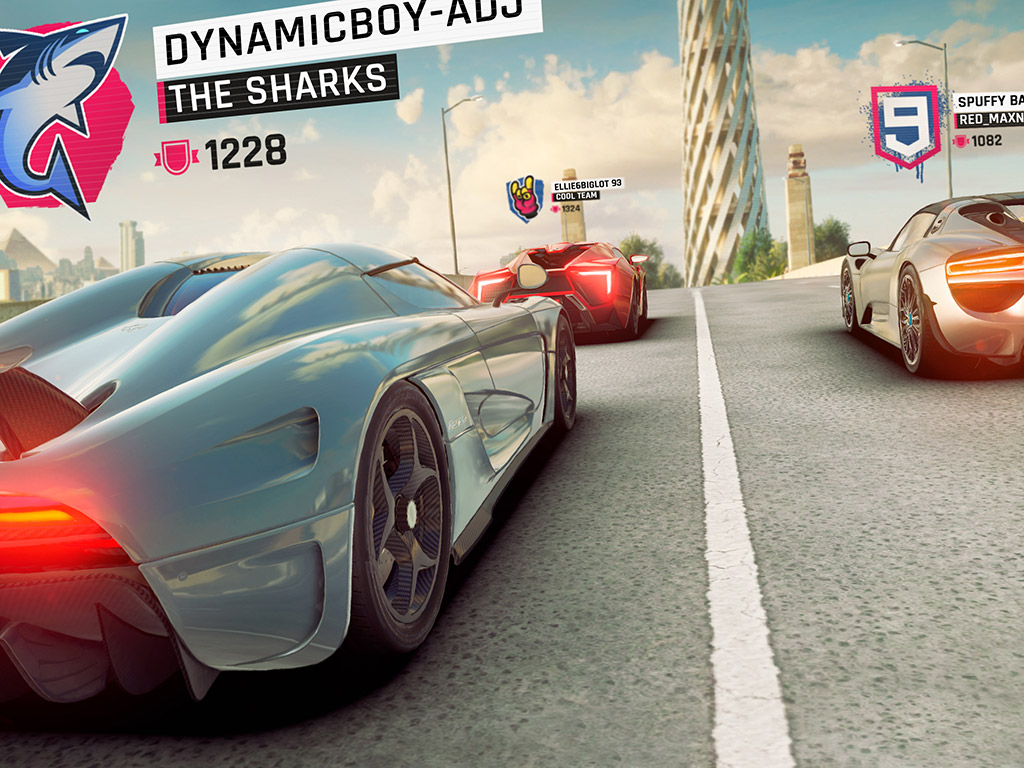
The multiplayer aspect of Asphalt 9 often highlights the “pay-to-win” dynamics. Players who spend money on Tokens have an edge, as they can upgrade their cars faster and unlock superior vehicles. In contrast, players who rely on grinding to unlock vehicles face a much slower progression, resulting in a disadvantage.
This issue is most apparent in higher-level competitive modes, such as the Elite League, where having a fully upgraded car is often essential for success. In comparison, Asphalt 8 allowed for better balancing between skill and car performance, while Asphalt 9 tilts the scale in favor of those with deeper pockets.
Grinding and Progression Speed in Asphalt 9

The Slow Grind of Progression
Players have criticized Asphalt 9 for its slow progression system. While Asphalt 8 required grinding, it did so in a more structured way, offering steady rewards for completing races. In Asphalt 9, the process feels like a slog. The game offers less frequent rewards, making players feel as though they are stuck grinding for long periods.
In Asphalt 9, players must earn Blueprints and Tokens through repetitive gameplay. However, the pace at which they gather these resources can feel insufficient, leading to frustration and discouragement. Asphalt 8 had a faster, more predictable progression that allowed players to unlock cars at a reasonable rate, even without spending real money.
The Impact of Timed Events
Timed events, which were introduced in Asphalt 9, add a sense of urgency to the game. These events reward players with exclusive cars and valuable upgrades but often require Tokens to fully participate. For free-to-play players, this creates additional pressure. They may feel forced to either grind endlessly or purchase Tokens to gain access to these limited-time rewards.
While Asphalt 8 had its own events, they were generally less restrictive. The time-sensitive nature of Asphalt 9's events makes progression feel more dependent on spending money, especially for players who don’t have hours to dedicate to grinding.
Vehicle Customization in Asphalt 9
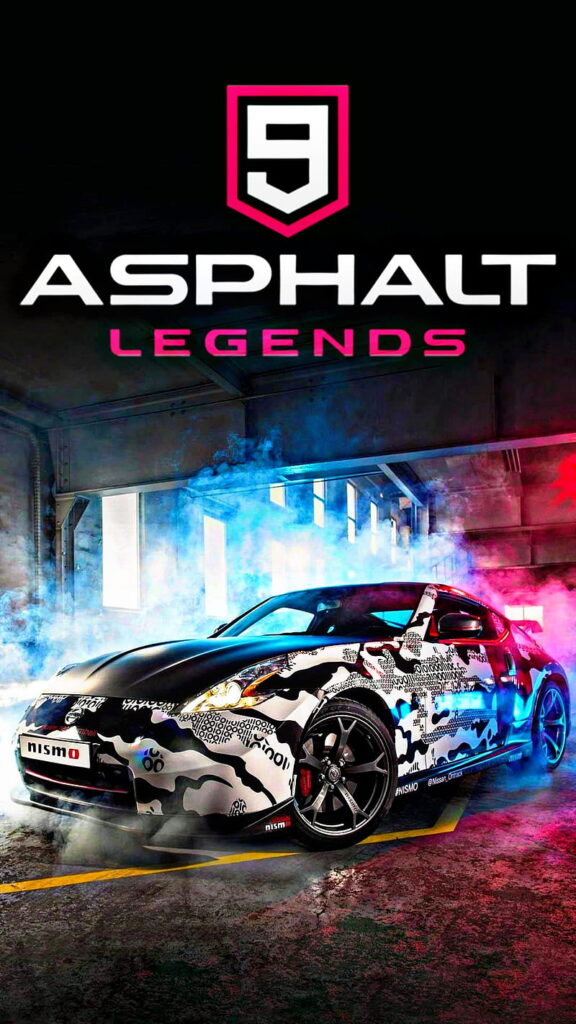
Customization Options and Their Costs
One of the key features of Asphalt 9 is the expanded vehicle customization. Players can personalize their cars with various paint jobs, decals, and upgrades. While these features add depth to the game, they come with a price—either in time or Tokens. To fully customize a car, players often have to purchase parts or unlock specific customization options through events or in-app purchases.
Unlike Asphalt 8, which had limited customization features, Asphalt 9 adds more layers to the experience. Unfortunately, many of these customization options require Tokens, making them less accessible to players who want to avoid spending money.
Competitive Customization
The customization in Asphalt 9 goes beyond aesthetics and can affect car performance. This introduces an element where players who spend money on customizations gain a competitive advantage. In Asphalt 8, vehicle upgrades were essential for performance, but Asphalt 9 takes it a step further by incorporating customization options that impact race results.
Free-to-play players are thus at a disadvantage, as they are less likely to have the high-level customizations that can make the difference between winning and losing.
Social Features and Clubs in Asphalt 9
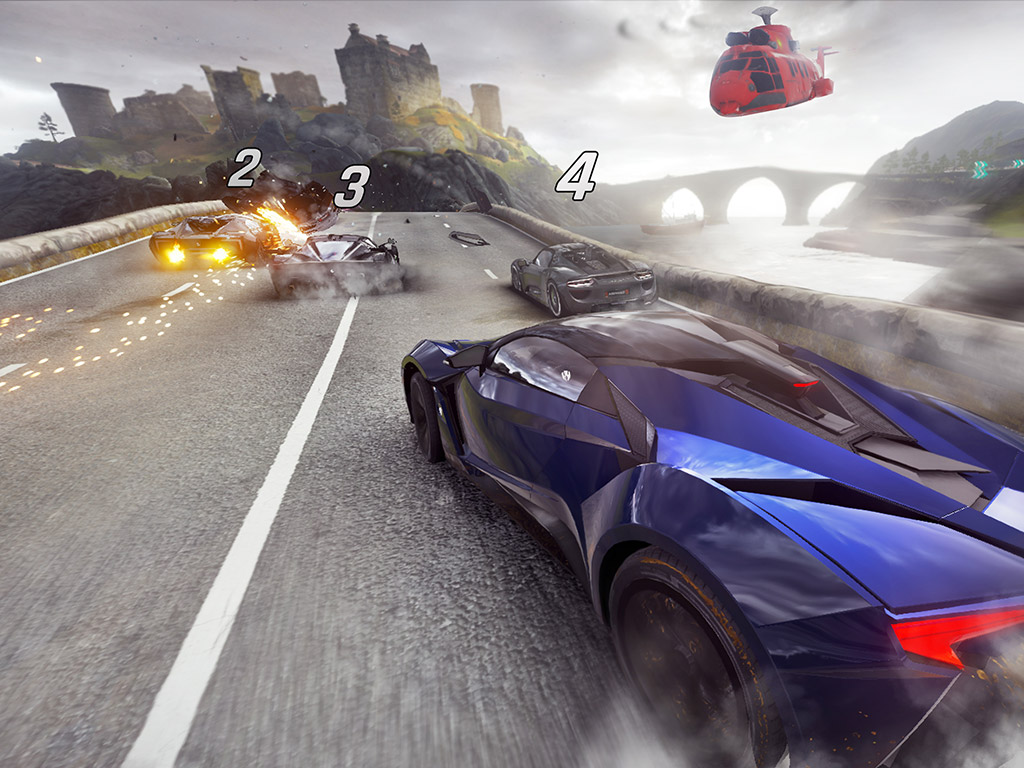
The Role of Clubs
In Asphalt 9, Clubs provide a social aspect, allowing players to team up with others and complete challenges. Clubs are great for fostering a sense of community and cooperation. However, participation in Clubs often requires players to have competitive vehicles and upgrades to succeed in challenges.
For players who do not spend money, this presents a dilemma. They may find themselves in Clubs where they are unable to contribute effectively due to their underpowered cars. The Club system in Asphalt 9 emphasizes progression, further highlighting the gap between paying and non-paying players.
How Asphalt 9’s Monetization Stacks Up Against Asphalt 8

A Shift Toward Complex Monetization
When comparing Asphalt 9 to Asphalt 8, the difference in monetization systems is clear. Asphalt 8 had a simpler microtransaction structure, where players could unlock cars and upgrades more straightforwardly. In contrast, Asphalt 9 relies heavily on the Blueprint system and makes Tokens central to many aspects of progression.
While both games featured in-app purchases, Asphalt 9 makes them more necessary for players who want to compete in higher-level events. The added complexity of the microtransaction system has made progression feel more gated and slow, particularly for free-to-play players.
Conclusion: The Road Ahead for Asphalt 9
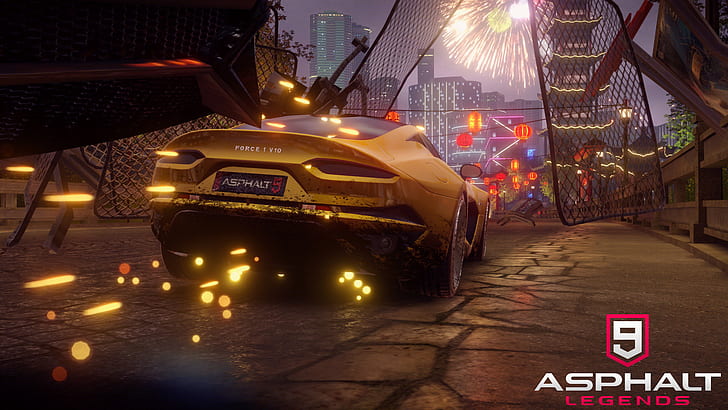
Asphalt 9: Legends remains a popular game, but its heavy reliance on microtransactions has raised concerns among the player base. The combination of the Blueprint system, the slow progression, and the pressure of timed events makes the game feel like a “pay-to-win” experience for many. Compared to Asphalt 8, which allowed for more consistent progression, Asphalt 9 places greater emphasis on spending real money to unlock cars, upgrades, and exclusive rewards.
For Asphalt 9 to continue thriving, it needs to find a better balance between rewarding players for grinding and providing fair access to in-game content. If the developers can reduce the pressure of microtransactions and improve the pacing of progression, Asphalt 9 could maintain its place as one of the top mobile racing games. Until then, many players will continue to weigh the benefits of spending money against the frustration of slow progression.





















